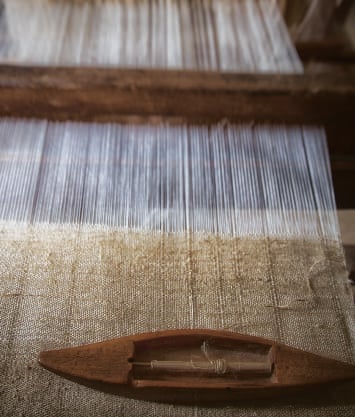This course takes an in-depth look at the basic principles of woven textile design and manufacture. It covers the basic principles and mechanics of weaving and investigates a broad range of weave constructions. The design process is discussed along with an exploration of the endless possibilities available to the woven textile designer who has a foundational understanding of how to select suitable yarns and utilise colour and weave combinations to create innovative, fit-for-purpose fabrics.
By the end of this course you should be able to:
- describe the raw materials used to produce contemporary woven textiles
- explain, at a high level, the processes involved in producing wool yarn suitable for woven textiles
- explain the benefits of wool as a raw material for weaving
- provide a high-level overview of the history of weaving and weaving technologies
- outline the basic principles of weaving and modern weaving technologies
- appreciate the importance of fabric finishing to create high-quality woven cloth
- describe a range of basic weaves and weave constructions
- appreciate the impact of colour and weave combinations when designing woven textiles
- identify a range of classic woven cloths and their origins
- outline the key elements of woven textile design and production
- The raw materials of the weaving industry
- The evolution of weaving
- The basic principles of the weaving process
- Woven fabric finishing
- Basic weaves and weave constructions
- Classic woven fabrics
- The key elements of the woven textile design process
- From design inspiration to fabric creation
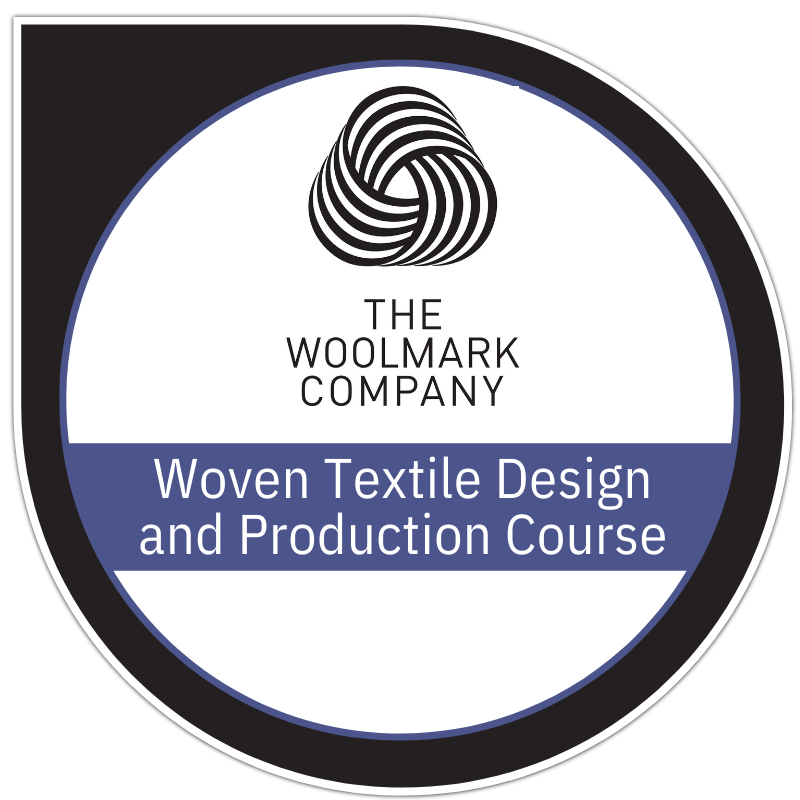
Modules: 8
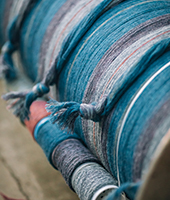
This first module explores the modern weaving industry in the context of the global textiles market, before exploring the raw materials that provide designers with an opportunity to exploit their abilities and develop truly innovative, beautiful and functional woven creations.
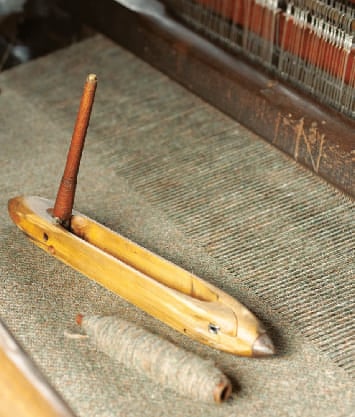
This module explores the principles of weaving that underpin modern woven textile production, from the initial design concept, through the production planning process and loom set-up to the final act of weaving the cloth.
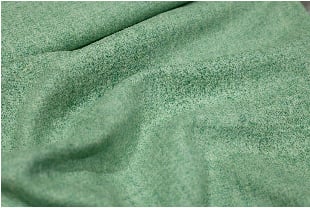
The processes involved in finishing fabric make up the final stages of the journey during which all the other elements of production are molded together to create the final cloth or accessory the consumer sees and touches. This topic describes the key process involved in finishing a high-quality woven fabric.
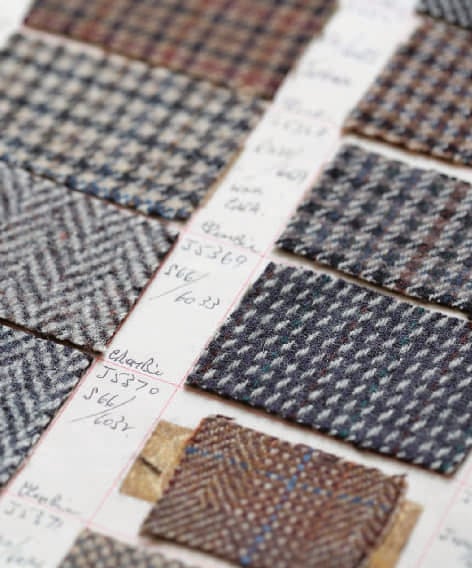
This module outlines a small selection of important weave constructions, shown using the computer aided designer (CAD) software program scotcloth.com, and offers some examples of how colour and weave can be utilised to create novel cloth outcomes. Each weave construction shows the draft pan, peg plan and weave plan and a sample of the woven fabric design.
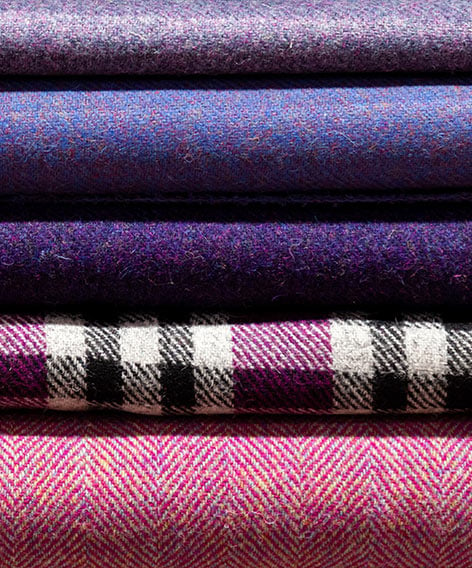
There are thousands of woven fabrics, whose design and qualities have been conceived over hundreds of years, by creative people from all over the world. This module showcases just a few of the more common and popular woven cloth types and attempts to ensure the emerging weave designer has a solid understanding of these classic woven fabrics, their constructions and origins.
Source: Harris Tweed Authority
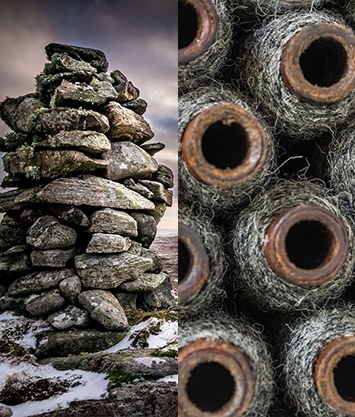
Weaving design is not as simple as turning up with an appealing concept, some yarn and putting it on a loom and waiting for the magic to happen. This module explores a design process that will help the emerging design harness their ideas in a creative, yet productive way.
Image source: Harris Tweed Authority
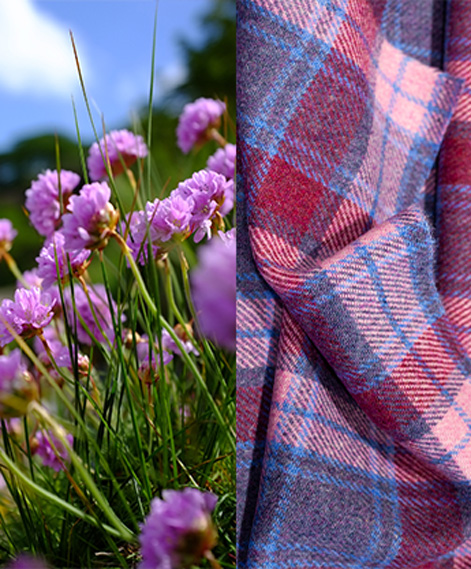
The success of the weave designer lies in their ability to transform a source of visual inspiration into a textural, three-dimensional woven cloth. Inspiration can be found in the most unlikely places — the creative mind searches for and sees opportunity in the surrounding world. This topic explores the journey from inspiration to creation.
Image source: Getty Images (left) / Harris Tweed Authority (right)
